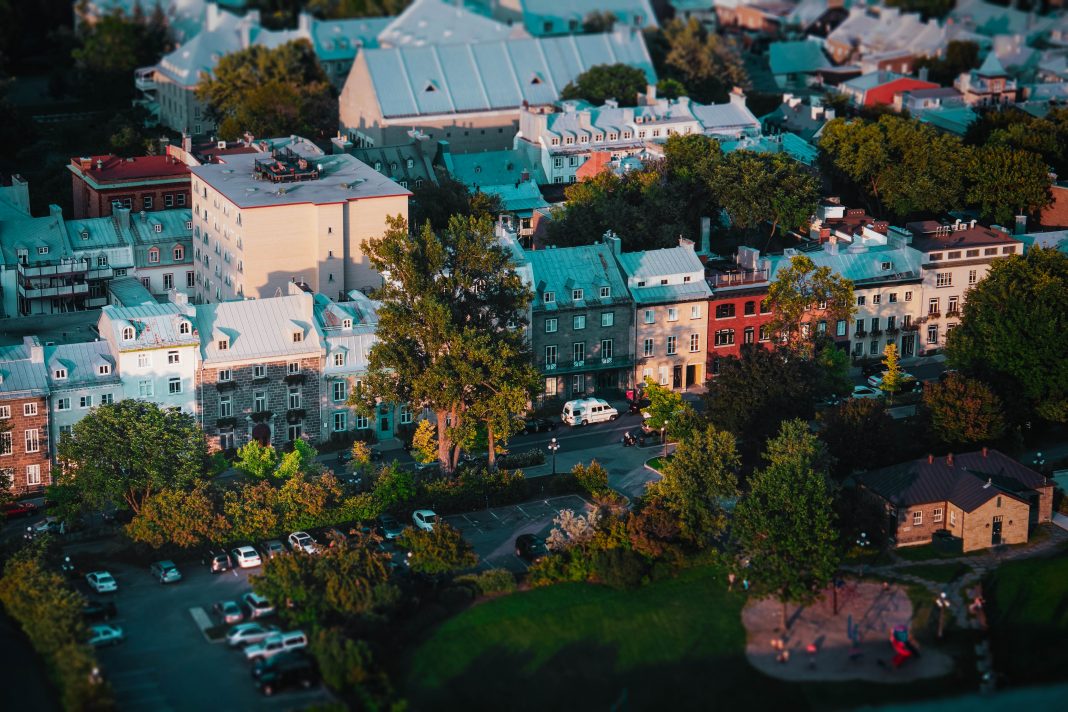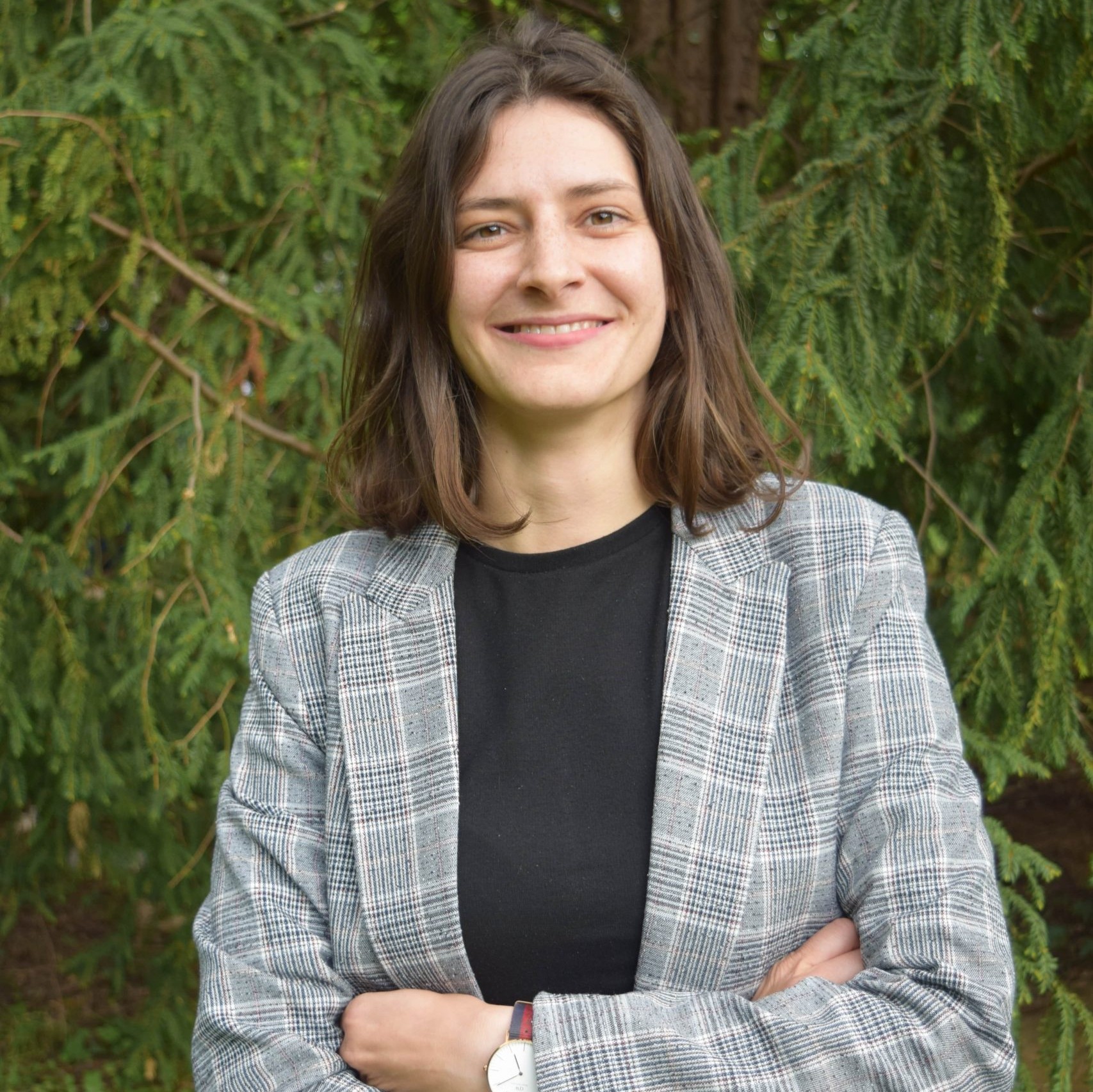Green is the new black; or rather, ‘greenzoning’ is the new ‘grayzoning’. These EU projects are the ones painting the cities green, striving to protect the (urban) biodiversity, or focusing on social inclusion by providing their city with green zones. Have a look at the projects we’ve gathered, their aims and their visions.
Following is a brief overview of EU projects aiming to greenify cities. From big budget ones to those less funded – no matter the finances, each one of them holds great importance. Listed are the main key facts of each project.
Databases used for research and information on projects were CORDIS and KEEP.EU.
21st Century Parks
- EU funding: €899,521
- Overall budget: €1,799,042
- Timeframe: 2007–2013
- Countries involved: 2 (Belgium, UK)
- Aim: “to increase attractiveness and quality of life in cities” by establishing the concept of ‘21st century parks’ and open space design
- Bonus features: organisation website & project summary
BALANCE
- EU funding: €3,348,159.75
- Overall budget: €6,696,319
- Timeframe: 2009–2013
- Countries involved: 3 (Belgium, Netherlands, UK)
- Aim: “to develop new methods and practices enhancing the availability and quality of green areas in peri-urban areas in order to provide a safe and healthy environment”
- Bonus features: organisation website & project summary
BEGIN
- EU funding: €4,109,387
- Overall budget: €8,818,774
- Timeframe: 2016–2022
- Countries involved: 6 (Belgium, Germany, Netherlands, Norway, Sweden, UK)
- Aim: to demonstrate methods for improving the climate resilience of cities, to promote climate change adaptation (including ecosystem-based approaches). To improve climate resilience of cities with blue-green infrastructure
- Bonus feature: project website
EUROSCAPES
- EU funding: €1,767,790
- Overall budget: €2,217,400
- Timeframe: 2010–2012
- Countries involved: 13 (Belgium, France, Greece, Germany, Hungary, Italy, Latvia, Poland, Portugal, Slovakia, Spain, Romania, UK)
- Aim: “to tackle natural and cultural landscapes management issues in urban and peri-urban areas” in a sustainable way
- Bonus feature: organisation website
GLAMURS
- EU funding: €4,995,836
- Overall budget: €6,291,315.80
- Timeframe: 2014–2016
- Countries involved: 8(Austria, Germany, Italy, Netherlands, Norway, Spain, Romania, UK)
- Aim: to develop “an understanding of the main obstacles and prospects for transitions to sustainable lifestyles and a green economy in Europe”
- Bonus feature: project website
GranD Cities
- EU funding: €178,156.80
- Overall budget: €178,156.80
- Timeframe: 2016–2018
- Countries involved: 1 (Austria)
- Aim: to evaluate the social impacts of sustainability programs in EU cities by analysing “the social impacts of green renewal and development in Europe”
- Bonus features: coordinating organisation website
GReENERGY
- EU funding: €1,156,266.19
- Overall budget: €1,360,313.17
- Timeframe: 2019–2022
- Countries involved: 2 (Croatia, Serbia)
- Aim: to develop and promote “energy efficiency and sustainable urban environment in the cities of Croatia-Serbia cross-border region”
- Bonus features: organisation website & summary of the project in a short video:
GreenKeys
- EU funding: €1,663,796.23
- Overall budget: €2,388,880
- Timeframe: 2005–2008
- Countries involved: 8 (Austria, Bulgaria, Germany, Greece, Hungary, Italy, Poland, Slovenia)
- Aim: to improve “urban green spaces as a step for more sustainable cities”
- Bonus feature: project website
GREENLULUS
- EU funding: €1,453,868
- Overall budget: €1,453,868
- Timeframe: 2016–2021
- Countries involved: 1 (Spain)
- Aim: to examine the role of restoration and creation of “environmental elements in the redistribution of urban quality of life”
- Bonus feature: organisation website
GreenMan
- EU funding: €1,753,375.30
- Overall budget: €1,948,194.78
- Timeframe: 2012–2014
- Countries involved: 3 (Estonia, Latvia, Russia)
- Aim: to sustainably manage green areas for urban development and planning in most populated cities in EE-LV-RU border area
- Bonus feature: project website
GREENSPACE
- EU funding: €1,417,737
- Overall budget: €1,744,261
- Timeframe: 2000–2004
- Countries involved: 5 (Germany, Ireland, Netherlands, Switzerland, UK)
- Aim: “to develop applied methodologies to establish what variety of green space best satisfies people’s needs”; to demonstrate how “public participation can be brought to a strategic approach to green space on a continuing basis”
GREEN-WIN
- EU funding: €3,624,762.50
- Overall budget: €3,925,012.50
- Timeframe: 2015–2018
- Countries involved: 13 (Austria, France, Germany, Greece, Indonesia, Italy, Netherlands, South Africa, South Korea, Spain, Switzerland, Turkey, UK)
- Aim: to apply a “solution-oriented approach targeted at increasing the understanding of links between climate action and sustainability”
- Bonus feature: project website
GREEN COMMUNITIES
- EU funding: €1,132,756
- Overall budget: €1,510,342
- Timeframe: 2008–2011
- Countries involved: 1 (Ireland)
- Aim: to support “improvement and conservation of the natural environment” through cooperation and community engagement
GREEN INSTRUCT
- EU funding: €4,996,626.25
- Overall budget: €4,996,626.25
- Timeframe: 2016–2020
- Countries involved: 8 (Austria, Cyprus, Greece, Italy, Poland, Portugal, Spain, UK)
- Aim: “to develop a modular prefabricated building block that incorporated green wall technologies”
- Bonus feature: project website
GREEN ROOF SYSTEMS
- EU funding: €1,185,261
- Overall budget: €1,185,261
- Timeframe: 2009–2013
- Countries involved: 2 (Germany, UK)
- Aim: to develop and utilise green roof technologies in the EU
- Bonus feature: coordinating organisation website
GREEN SURGE
- EU funding: €5,701,836.95
- Overall budget: €7,189,725.60
- Timeframe: 2013–2017
- Countries involved: 11 (Denmark, Finland, Germany, Hungary, Italy, Netherlands, Poland, Portugal, Slovenia, Sweden, UK)
- Aim: to develop urban green infrastructure as a planning concept for integration and promotion of biodiversity, to apply an innovative biocultural diversity perspective to develop successful governance arrangements, to explore how market integration can help support choices in favour of the development of green spaces in urban areas
- Bonus features: coordinating organisation website & The GREEN SURGE Handbook
GROW GREEN
- EU funding: €11,224,058.25
- Overall budget: €11,519,299.50
- Timeframe: 2017–2022
- Countries involved: 10 (Belgium, China, Croatia, France, Italy, Netherlands, Poland, Spain, Switzerland, UK)
- Aim: to promote the benefits of high-quality green spaces, help cities to achieve long-lasting changes through nature-based solutions (NBS) in planning, development, and management areas
- Bonus feature: project website
INSPIRER
- EU funding: €2,666,771.25
- Overall budget: €5,333,542
- Timeframe: 2009–2013
- Countries involved: 3 (Belgium, France, UK)
- Aim: “to improve the quality of life of people living in neighbourhoods subject to social exclusion by providing new green space and recreation areas”, and to increase security and help biodiversity
- Bonus features: organisation website & project summary
InGreenCi
- EU funding: €828,786.55
- Overall budget: €975,043
- Timeframe: 2012–2014
- Countries involved: 2 (Bulgaria, Greece)
- Aim: to integrate urban green spaces with education, awareness and mobilisation
- Bonus features: organisation website & project overview
NATURVATION
- EU funding: €7,797,877.50
- Overall budget: €7,797,877.50
- Timeframe: 2016–2021
- Countries involved: 6 (Germany, Hungary, Netherlands, Spain, Sweden, UK)
- Aim: to examine how innovation can be fostered in the nature-based solutions’ field, to contribute to “realising the potential of NBS for responding to urban sustainability challenges by working with communities and stakeholders”
- Bonus feature: project website
NETGREEN
- EU funding: €999,098
- Overall budget: €1,040,276.96
- Timeframe: 2013–2015
- Countries involved: 5 (Belgium, Germany, Netherlands, Portugal, UK)
- Aim: to develop a systematic overview “on the existing efforts to measure sustainable development and the transformation to a green economy”; to develop “a communication tool that supports the understanding of the landscape of indicators, their specific uses and interpretations”
- Bonus feature: project website
OPENNESS
- EU funding: €8,999,193
- Overall budget: €11,488,446.40
- Timeframe: 2012–2017
- Countries involved: 19 (Austria, Argentina, Belgium, Brazil, Denmark, Finland, France, Germany, Hungary, India, Italy, Netherlands, Kenya, Norway, Portugal, Romania, Slovakia, Spain, UK)
- Aim: to develop innovative and practical ways of applying ecosystem services in urban management, to develop methods to identify, quantify and value ecosystem services, and develop hybrid assessment methods
- Bonus feature: project website
PARKATLANTIC
- EU funding: €845,761
- Overall budget: €1,301,170.77
- Timeframe: 2010–2012
- Countries involved: 4 (France, Ireland, Portugal, Spain)
- Aim: to increase the value of the urban and peri-urban parks of the Atlantic Area and promote their role in sustainable urban development
PHENOTYPE
- EU funding: €3,499,403
- Overall budget: €4,517,113.31
- Timeframe: 2012–2015
- Countries involved: 6 (Lithuania, Netherlands, Spain, Switzerland, UK, US)
- Aim: to investigate the interconnections between exposure to natural outdoor environments in rural and urban settings and better human health and well-being
- Bonus feature: project website
SALUTE4CE
- EU funding: €1,803,062.50
- Overall budget: €2,195,850
- Timeframe: 2019–2022
- Countries involved: 5 (Czech Republic, Germany, Italy, Poland, Slovakia)
- Aim: “to improve environmental management of functional urban areas to make them more liveable”; to protect and develop natural resources with integrated environmental management of green-blue infrastructure by planting native vegetation
- Bonus features: organisation website & project overview
ScalinGreen
- EU funding: €733,231
- Overall budget: €1,057,472.50
- Timeframe: 2015–2017
- Countries involved: 1 (France)
- Aim: to promote “ground-breaking solutions to bring back nature in cities”, “to scale-up urban green surfaces across Europe”
- Bonus feature: project website
SYM:BIO
- EU funding: €720,509.90
- Overall budget: €847,658.71
- Timeframe: 2020–2022
- Countries involved: 2 (Austria, Czech Republic)
- Aim: to establish “a cross-border network of actors [organisations, municipal services, NGOs, action groups, etc.] in the field of biodiversity-promoting green space design and maintenance”
- Bonus feature: project website
UGB
- EU funding: €2,005,049.99
- Overall budget: €2,391,306.02
- Timeframe: 2016–2019
- Countries involved: 7 (Austria, Croatia, Czech Republic, Hungary, Italy, Poland, Slovenia)
- Aim: to develop innovative tools to smartly integrate models for sustainable management of urban green spaces for creating healthier and more liveable urban environments
- Bonus feature: project website
URBAN GreenUP
- EU funding: €13,970,642.25
- Overall budget: €14,791,003.09
- Timeframe: 2017–2022
- Countries involved: 9 (China, Colombia, Germany, Italy, Portugal, Spain, Turkey, UK, Vietnam)
- Aim: to acquire a custom methodology “to support the co-development of Renaturing Urban Plans focused on climate change mitigation and adaptation and efficient water management”; and “to assist in the implementation of NBS [nature-based solutions] in an effective way”
- Bonus feature: project website
It’s encouraging to see the high number of EU-founded projects with an emphasis on greening cities. Vegetation presents many, many benefits, not only for the environment, city, or the resident itself, but for climate mitigation as well (read The Case for Greenery to find out more). Consequently, such projects provide an amazing opportunity to driving positive changes in the city.
For more related EU projects, read here:


